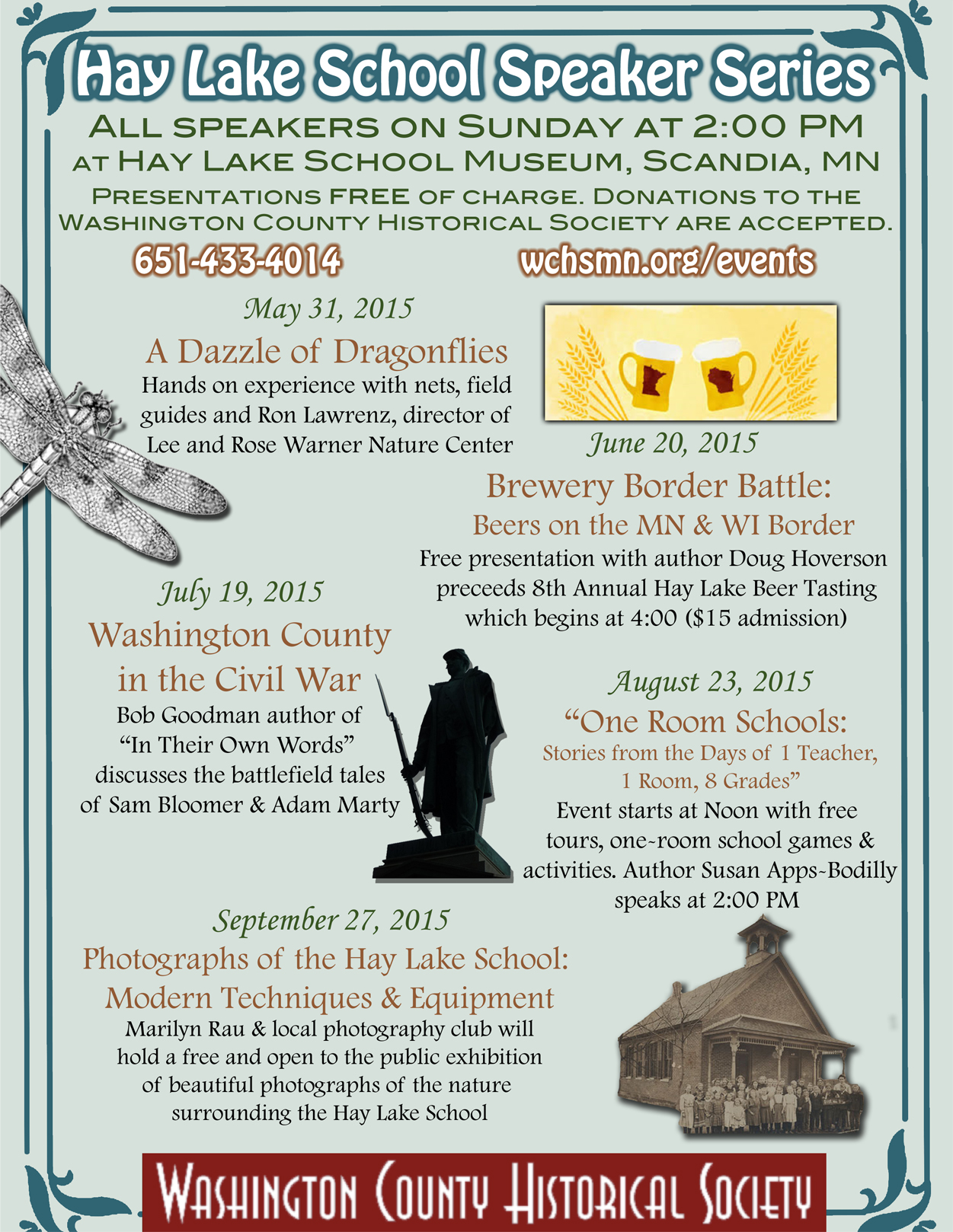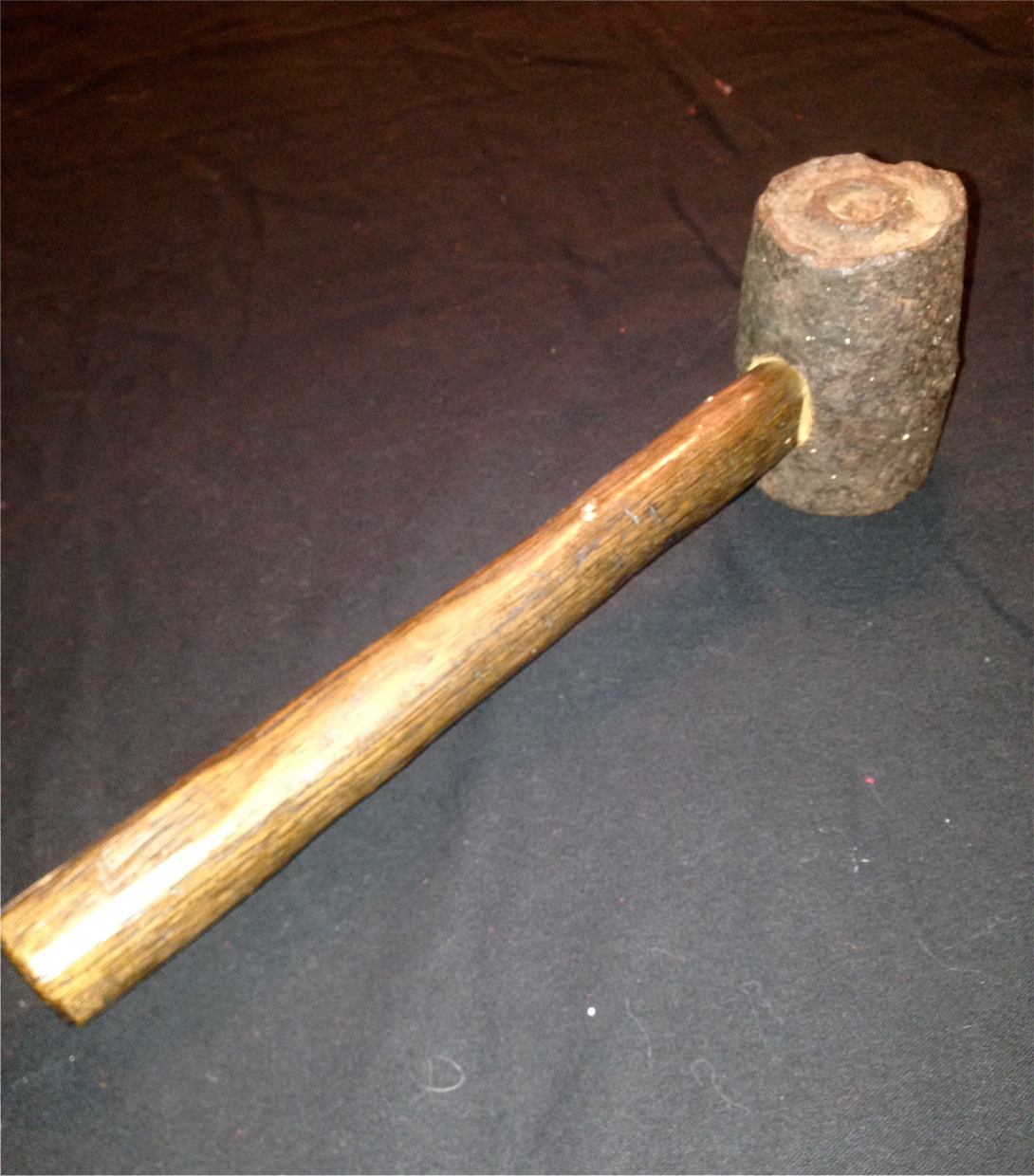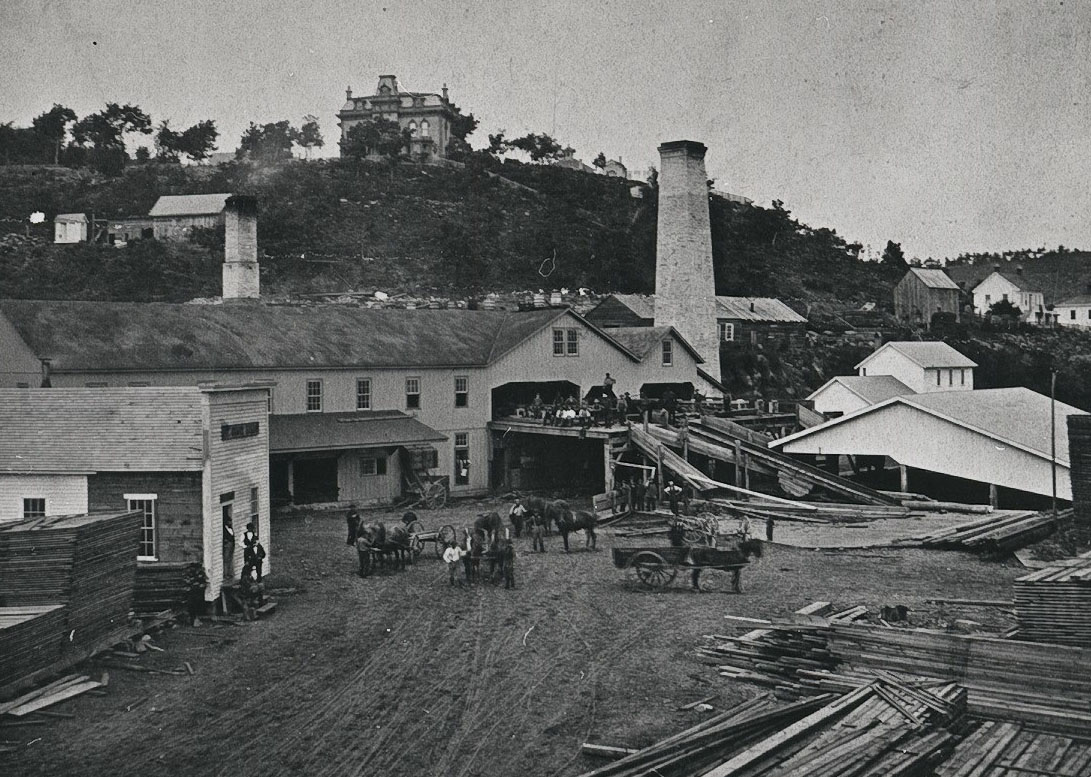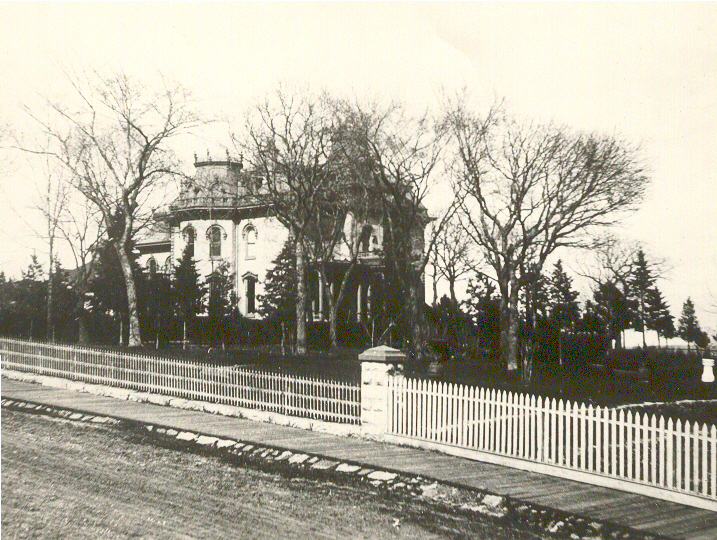|
This issue: Contents
Tuesday, May 19th, 2015
Editor’s NoteThanks for checking out this week’s issue of the Historical Messenger! And I have to send another ‘thank you’ to everyone who attended our “Interesting Inmates of the Stillwater Prison” presentation on Sunday! We had a good crowd and I always love sharing stories from inside the limestone walls of Stillwater’s Silent City. We’ve actually got a few more fun events planned for May – check out our News Stories to learn more information about the Hay Lake Speaker Series and the 2015 Vintage Base Ball season! Another round of “What Is This Thing?!” is halfway down the page – challenging all you history-buffs! In our Old News section you’ll learn a bit of interesting – yet truly and utterly trivial – piece of Stillwater history. Finally, in today’s Featured Article you’ll read about a former staple of the Stillwater skyline that unfortunately failed to survive the passage of time. If you’re interested in Mahtomedi history – former WCHS intern Parker Foss and the Wildwood Library has organized a free trolley tour of the city on June 9th! Check out their website for more information. Want to learn more about the history of Washington County? “Like” WCHS on Facebook and follow us on Twitter! Sean Pallas Historical Messenger editor and Warden’s House Site Manager WCHS NewsA Dazzle of Dragonflies
Minnesota is home to more than 100 species of dragonflies, and almost 50 species of their cousins the damselflies. Late May and early June is the best time to see the largest numbers, and species, of these beautiful creatures cruising over our lakes and meadows. Come and enjoy a close up encounter with these fascinating creatures at the Hay Lake School on Sunday, May 31st with Ron Lawrenz, Director of the Lee and Rose Warner Nature Center. The day will begin with a short presentation about the biology of the butterfly, including some beautiful photographs and fun facts that are sure to make you the hit of your next party. The presentation will be followed by a demonstration on how to capture and handle dragonflies, and then we’ll venture out on the grounds to see what we find. Aerial nets and field guides for catching and identifying dragonflies will be provided, but bring your own if you have them. This is the perfect family outing for this beautiful time of the year. Please contact Dustyn Dubuque at dustyn.dubuque@hotmail.com or (651) 433-4014. More: Events WCHS NewsVintage Base Ball Season Begins!Oh yes, professional baseball players are very impressive…but the game gets really exciting once you up the ante by removing their gloves (…and by adding a space in-between “base” and “ball”)! The St. Croix Base Ball Club starts their 18th season of 1860 vintage base ball by crossing bats with the dreaded Afton Red Socks on Sunday, May 31st at Pettitt Park, Lake St. Croix Beach at 2:00 PM. Come out and watch how the game was meant to be played! For more information, contact Brent Peterson at brent.peterson@wchsmn.org or 651-439-5956. What is This Thing?!
What Is This Thing?! (Round 8) Last issue’s What Is This Thing?! certainly was a head-scratcher…or…at least I thought it was going to be! Not even an hour after sending out the e-newsletter, I received an email correctly identifying the object as an antique check writer. Our model is known as a “Protectograph” from the G.W. Todd & Company. This particular machine is probably from the late 1910s or the early 1920s. It was first patented in the UK in 1896 with American patents from 1905-1913. The check would be rolled through the machine by placing it on the side platform and turning the handle. You would move the index pointer along the gauge (picture in the close-up photo) to select the amount of money printed on the check. Onto the next item! Clearly this is some type of mallet…but can you explain the raised ring on the face of the hammer? Can you identify the WCHS artifact photographed above? If you’d care to venture an answer, you can send an email to me at spallas.wchs@gmail.com, tweet @WCHS2, or post your guess on our Facebook page. Good luck! Full Image & Another Angle With Measurements Old NewsTallying Wagging TailsSometimes I’ll come across a bit of historical trivia that is…interesting…but all and all is not terribly historically significant. This brief article definitely falls square in that category. But hey, they thought it was important to get a head-count of Stillwater’s canine population – so, 127 years later, you can see their results! Stillwater Messenger – May 19, 1888 Exactly 585 Stillwater dogs is the summary of officer Geo. Walters’ census completed this week. Unless some of the animals got away the present dog population is much smaller than it was last spring. Featured ArticleA Millionaire’s Missing Mansionby Brent Peterson One of the most dynamic things about the City of Stillwater is the number of beautiful mansions built in the years when lumber was king. Many were constructed by those in ownership of lumber companies or mills and we have to be thankful that they still exist today. However there have been a number lost to the expansion of the city or just because they were too large and expensive to maintain. One such mansion, probably the largest of them all, belonged to Isaac Staples.
Just a month later, the Messenger had the full description of Staples new house on “Government Hill.” The newspaper said, “The main body of the residence will be fifty feet square, two stories in height, with a mansard roof of a new and tasteful pattern, that will give an additional story. Back of this will be an ell some 30 feet. The basement or cellar walls will be of solid stone, sold stone walls being also built across the cellar to correspond with the partition walls in the rooms above, making the whole building solid and substantial.” “Above the basement the outer walls are to be of the choicest selected Minneapolis brick, with the corners, trimmings, door and window and other cappings and facings, either of terra cotta stone or the new artificial stone, making the most attractive and beautiful exterior.” The newspapers of the summer of 1871 continued to report to the public the progress of the house on the hill. Things such as the enclosure of the “commodious stable” and the placement of sidewalks in front of the ever-growing residence, found it’s way into the columns of the newspapers. When the interior was to be worked on, it was reported that the plasterwork on the home was let out to a local man named Arthur Stevens. Stevens was an “experienced and skillful workman, and we shall expect to see one of the neatest jobs in the city when the work is finished,” said the Weekly Gazette of August 8, 1871. The painting of the home was let out to the local Webster Brothers. The pace of work must have pushed the contractors to finish before the winter. A painter, working for the Webster Brothers, fell one October day and died from his injuries the next day. The home was finally completed and the Staples family occupied the home for nearly 30 years. It was the center of social gatherings in Stillwater for the next three decades. When Isaac Staples died in 1898, no one knew what to do with such a large mansion. In an article, undated, in the collections of the Washington County Historical Society, the story is told of the home being torn down. That at one time it was thought that the Staples house could be used by the Warden of the State Prison, which was just down the hill. It was also suggested in this article that it could be used as a hospital. But probable the cost of the structure and the “enormous expense of maintaining the place” caused any one interested in purchasing the property, including Staples heirs, spelled doom for the residence. After the demolition of the home, the vacant property was sold off. This property was given back to the City of Stillwater in the 1930s and the property was once again made beautiful. This time it was for the purposes of a city park. That park still exists today and is named for all the pioneers of the St. Croix Valley. |
Events
More information: WCHS Events >>> Preserve the Past, Share in the Future!Become a member of the Washington County Historical Society! Membership is one way that you can help support the Washington County Historical Society. Your membership helps us collect, preserve, and disseminate the history of Washington County for county residents and visitors in the belief that a historical perspective enhances our understanding of community and sense of place. Benefits of membership:
The Washington County Historical Society has depended on membership ever since it was formed in 1934. Please show your support for the organization by becoming a member today. More: WCHS Membership >>> Washington County Historical SocietyWashington County Historical Society collects, preserves, and disseminates the history of the county and state of Minnesota.
|
|||||||


 The property in which Staples was to construct his home was on a hill overlooking the sawmill that he had purchased in 1866. In early 1871, Staples contracted with St. Paul architect A.M. Radcliffe and the early plans consisted of a stone structure with a mansard roof. The estimated cost, according to the Stillwater Messenger of March 24, 1871 was at $30,000.
The property in which Staples was to construct his home was on a hill overlooking the sawmill that he had purchased in 1866. In early 1871, Staples contracted with St. Paul architect A.M. Radcliffe and the early plans consisted of a stone structure with a mansard roof. The estimated cost, according to the Stillwater Messenger of March 24, 1871 was at $30,000.
